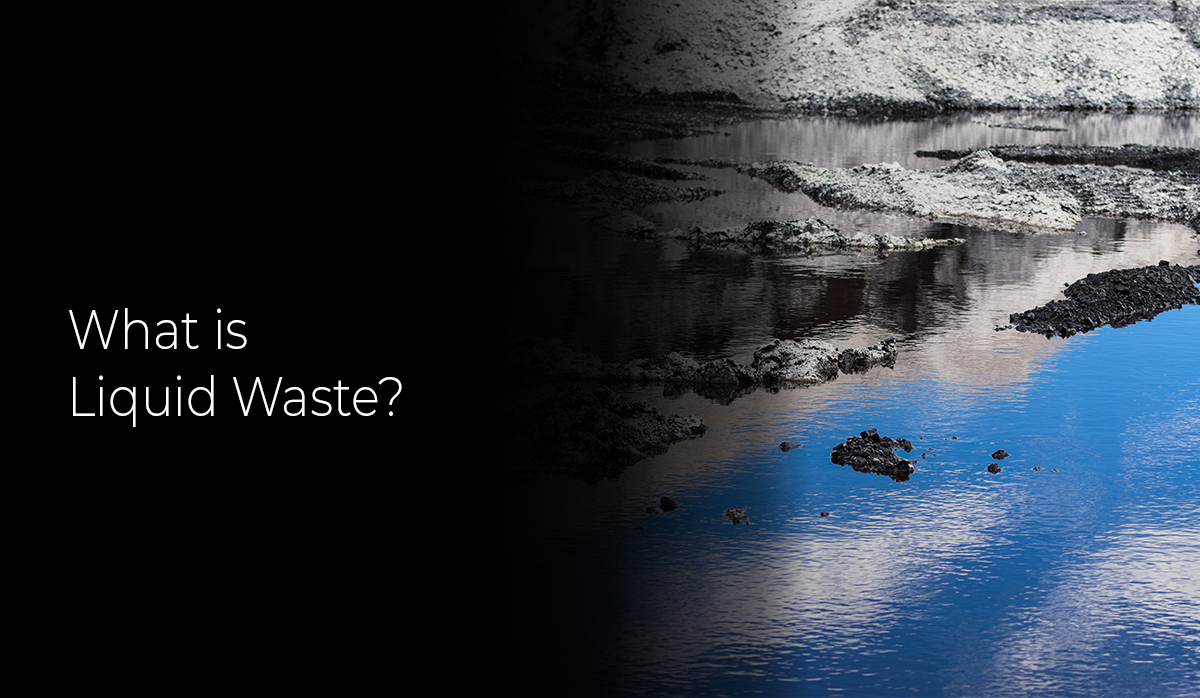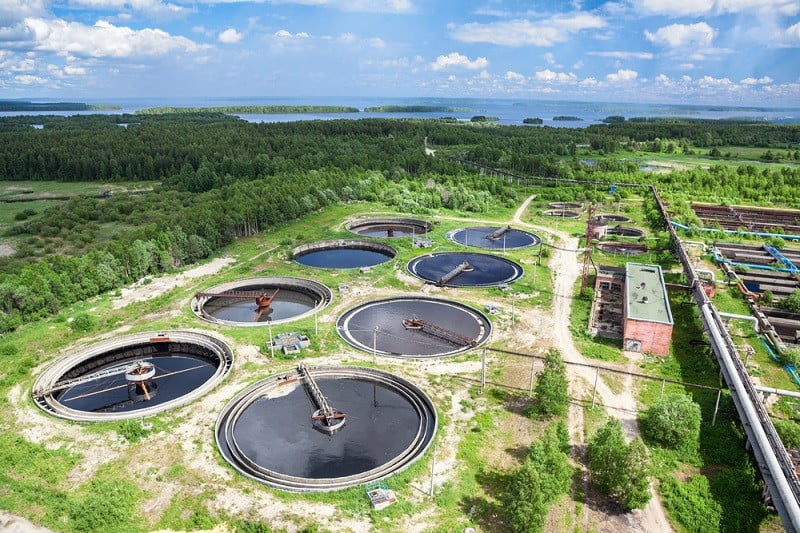Leading Liquid Waste Disposal Melbourne: Trusted Providers for Correct Waste Monitoring
Leading Liquid Waste Disposal Melbourne: Trusted Providers for Correct Waste Monitoring
Blog Article
How Liquid Waste Disposal Works: A Detailed Summary of Strategies and Technologies Used

Summary of Fluid Waste Types
The complexity of liquid waste types requires a complete understanding of their features and effects for disposal. Fluid waste can generally be classified into several types, consisting of commercial, metropolitan, farming, and harmful waste. Each classification displays distinctive properties, calling for specific administration techniques to reduce environmental and wellness threats.
Industrial liquid waste originates from manufacturing procedures and commonly consists of a series of contaminants, such as hefty steels, solvents, and organic substances. Metropolitan liquid waste, mainly consisting of wastewater from families and industrial establishments, has natural matter, nutrients, and virus (industrial wastewater treatment). Agricultural fluid waste, including drainage from farms, might consist of fertilizers, chemicals, and animal waste, posing threats to water high quality and communities
Unsafe liquid waste is defined by its toxicity, reactivity, or prospective to trigger harm. Recognizing these varied liquid waste types is critical for creating reliable disposal techniques and making certain compliance with ecological policies.
Physical Therapy Approaches

Screening is the initial action, where bigger particles and particles are gotten rid of from the liquid waste using displays or grates. In sedimentation storage tanks, larger bits clear up at the base, developing a sludge layer, while the made clear liquid can be further dealt with.
Filtering is another important approach that includes passing the liquid with porous materials, such as sand or membrane layers, to record smaller particles. This step improves the top quality of the fluid, making it ideal for succeeding therapy processes.

Chemical Therapy Methods
Chemical treatment methods are important for properly handling fluid waste, especially in addressing liquified and colloidal contaminants that physical techniques may not appropriately eliminate. These methods utilize numerous chemical agents to counteract, precipitate, or change unsafe materials into much less damaging forms.
One typical approach is coagulation and flocculation, where chemicals such as alum or ferric chloride are contributed to promote the gathering of suspended particles. This procedure boosts sedimentation, permitting much easier elimination of the resulting sludge. Additionally, oxidation processes, utilizing representatives like chlorine or ozone, are utilized to damage down complex organic compounds and microorganisms, providing the waste safer for discharge or further treatment.
Neutralization is one more important strategy, which adjusts the pH of acidic or alkaline waste streams to neutral levels, stopping possible injury to downstream systems and the environment. Furthermore, advanced oxidation processes (AOPs) use combinations of oxidants and ultraviolet light to break down relentless toxins, achieving a higher level of treatment efficiency.
Biological Treatment Processes
Biological therapy processes play a vital role in the monitoring of liquid waste by making use of bacteria to decay raw material and minimize impurity degrees. These processes can be generally classified right into cardiovascular and anaerobic treatments, each employing certain microbial communities to accomplish reliable waste degradation.
Cardio therapy involves the use of oxygen to help with the breakdown of natural materials by germs. This process is generally carried out in turned on sludge systems, where aeration containers supply a favorable environment for microbial growth, causing the oxidation of organic contaminants. The resultant biomass can be divided from treated effluent with sedimentation.
In contrast, anaerobic treatment happens in the lack of oxygen, counting on other different bacteria to damage down raw material. This approach is particularly advantageous for high-strength waste, as it produces biogas, a renewable resource source, while reducing sludge production. Technologies such as anaerobic digesters are regularly used in commercial and municipal applications.
Both anaerobic and aerobic biological treatments not only decrease the environmental effect of liquid waste however likewise promote resource recuperation, making them important parts of sustainable waste monitoring techniques. Their flexibility, effectiveness, and efficiency sustain their widespread execution across numerous markets.
Arising Technologies in Disposal
Ingenious methods to fluid garbage disposal are quickly advancing, driven by innovations in innovation and an increasing emphasis on sustainability. Amongst these emerging technologies, membrane layer bioreactors (MBRs) have acquired grip for their capacity to integrate organic treatment with membrane layer purification, resulting in high-grade effluent that can be reused in various applications. MBRs allow smaller footprints and a lot more effective procedures contrasted to standard systems.
An additional encouraging growth is making use of anaerobic food digestion incorporated with nutrient recuperation technologies, which not just deals with fluid waste yet additionally creates biogas and recoups beneficial nutrients like nitrogen see this website and phosphorus. This twin advantage improves resource efficiency and decreases environmental impact.
Additionally, progressed oxidation procedures (AOPs) are being embraced for the deterioration of complicated organic pollutants. These approaches make use of powerful oxidants and catalysts to break down impurities at the molecular degree, using a highly effective remedy for tough waste streams.
Additionally, the combination of expert system and artificial intelligence in waste management systems is maximizing functional efficiency and anticipating maintenance, leading to reduced expenses and improved ecological conformity. These technologies mirror a considerable shift in the direction of more effective and lasting liquid waste disposal techniques.
Final Thought
To conclude, reliable liquid garbage disposal requires a comprehensive understanding of different techniques and modern technologies. The integration of physical, chemical, and organic treatment techniques ensures the reliable administration of diverse waste types. In addition, the development of innovative technologies boosts treatment effectiveness and advertises sustainability in waste monitoring techniques. By continuously progressing these approaches, it ends up being feasible to address the growing obstacles connected with fluid waste, inevitably contributing to environmental defense and resource recovery.
Liquid waste disposal is an essential aspect of environmental administration, needing a thorough go to this web-site understanding of numerous strategies and technologies tailored to different waste types. Fluid waste can broadly be categorized into several types, including industrial, municipal, agricultural, and hazardous waste. Agricultural liquid waste, including overflow from ranches, might consist of plant foods, pesticides, and animal waste, positioning risks to water quality and communities.
Different physical treatment methods play a crucial role in managing fluid waste properly - industrial wastewater treatment.In verdict, efficient fluid waste disposal demands a detailed understanding of different methods and technologies
Report this page